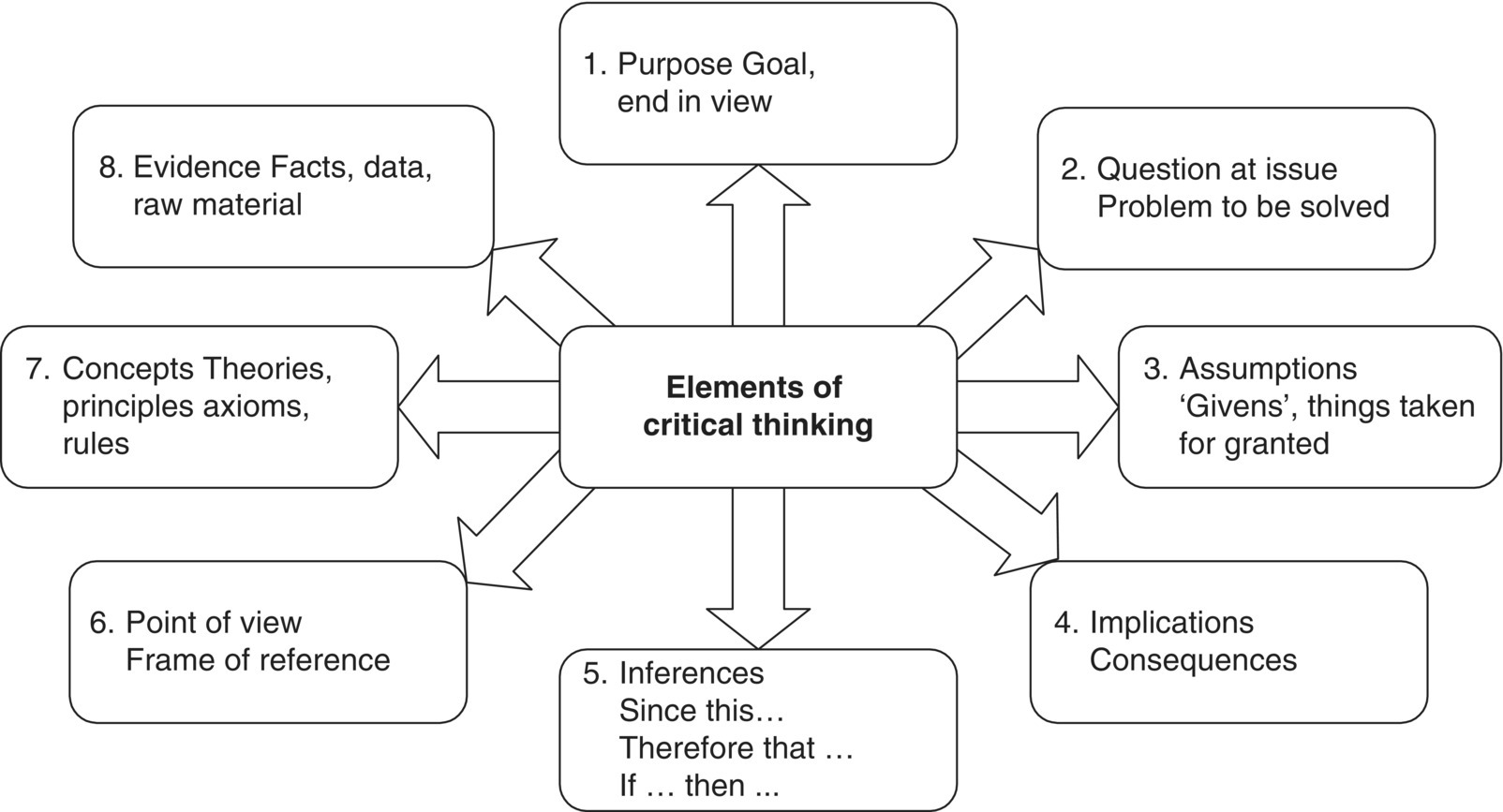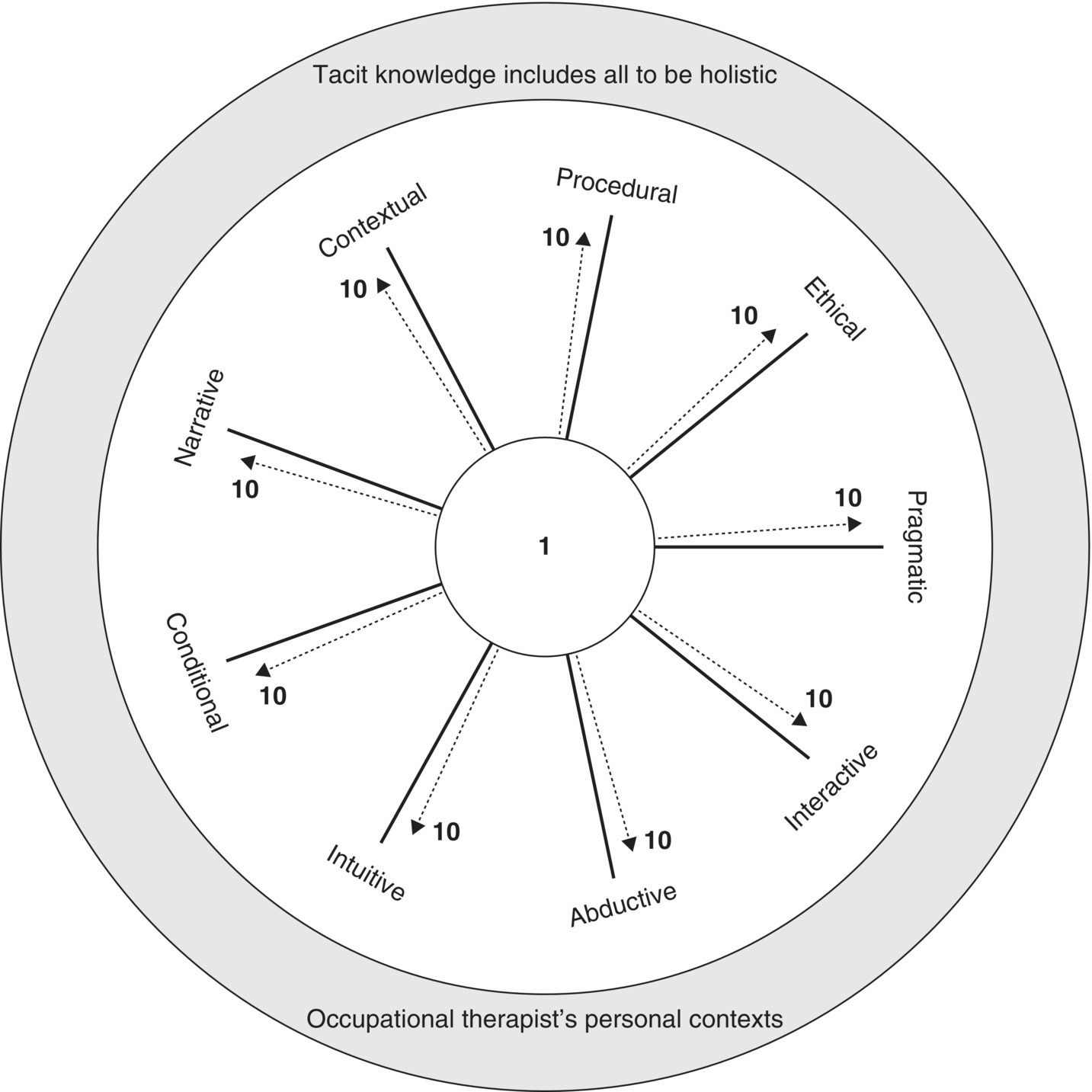5 Vivyan Alers Occupational Therapy private practitioner, Midrand, South Africa Director, Acting Thru Ukubuyiselwa NPO, Johannesburg, South Africa Imagine you are walking along a beach on the high sand dunes. You can feel the sea breeze and see the seashore below you. The long beach below is deserted except for one person seemingly doing exercises. You stand watching for a long time. (This relates to ‘vision without action’.) You then walk down onto the beach and notice thousands of starfish that have been washed up onto the sand. You approach the man and see that he is throwing the starfish back into the sea. You do not understand how and why this could possibly help the situation. (This relates to the action without vision.) Approaching him, you ask him why he is throwing the starfish back one by one into the sea. He answers you, ‘It helps with this one, and this one too, they will live to see another tide. For every one returned to the sea will live a longer productive life’ (This relates to the ‘action with vision’) (adapted from Eisley 2006). In psychiatric practice, it is often the small pervasive progress in a client that makes the most impression in clinical practice. These individual gems of improvement need to be remembered, and the ‘reflection on action with vision’ needs to be considered. This is how occupational therapists can develop their clinical reasoning powers to progress from a novice to an expert. Clinical reasoning is a complex procedure incorporating personal knowledge, theoretical background and an application of cognitive abilities to integrate information for treatment intervention. This process is greatly enhanced by clinical and life experience. Clinical reasoning is the ‘what’, ‘how’ and ‘why’ for ‘best practice’ in occupational therapy. These questions are all interchangeable for the ‘best practice’ model to emerge from the clinical reasoning. Clinical reasoning also involves the processing of constantly changing data and circumstances (Crouch & Alers 2005). Critical thinking is the foundation for this process to happen. The ‘best practice model’ has developed from therapist-directed to client-centred, family-centred or community-centred practice. This relates to the challenges of where the role of control lies (Robertson 2012). The elements of critical thinking are the generic starting points for clinical reasoning. The eight-step critical thinking process leads the person to factual evidence to be able to proceed to the clinical reasoning process (Paul 1996): Figure 5.1 The eight sequential stages of critical thinking (Alers in Crouch & Alers 2005, www.criticalthinking.org). With critical thinking, this process is easily illustrated with a riddle. You cradle me, when you pick me up I purr for you, sometimes I cry, I enjoy being talkative, most times I am quiet, I can be very useful. What am I? The purpose is to solve the riddle by integrating all the information. The question at issue is ‘what is the answer’? These two steps are very similar. The assumptions are that a cat purrs and a baby is cradled and cries. The implications are that the answer cannot be both a cat and a baby. The inferences are that since cats cannot talk, it must be a baby. The point of view relates to the frame of reference that the answer to the riddle is functional. The concepts relate to it not being an occupational therapy theory, but that metaphors are being used. The integration of these concepts needs to combine the metaphors and use lateral thinking to solve the riddle. Finally, the evidence is the culmination of the information of the metaphors. (Cradle = cradle a baby and a phone has a cradle on which to hang the hand piece, and a mobile phone is cradled in the hand. Purr = a cat purrs and a phone purrs with a dialling tone. Cry = baby cries and a phone cries when it rings.) The evidence is integrated through prior knowledge and experience. Cats do not cry or talk. Babies are not useful, and usefulness suggests that it is an object. This then changes the mindset to think laterally and solve the riddle to answer it as ‘a telephone’ or a ‘mobile phone’. These critical thinking processes are not often consciously thought about when solving the riddle. When assessing critical thinking, it is important to note: The evidence of a clinical case using the bio-psycho-social model is the factual information of the person, his/her illness, his/her mental and emotional state, his/her social and cultural context and his/her functional development into the future. An additional level of spirituality could also be included, especially when terminal illness is diagnosed. This is what is used for the clinical reasoning process. Mattingly and Fleming (1994) describe the therapist’s three-track mind model with the procedural, interactive and conditional tracks: Case Smith (2001) describes clinical reasoning as having four parts, procedural, interactive, conditional and intuitive reasoning. Neistadt (1998) includes also narrative reasoning and pragmatic reasoning. Various authors in (Robertson 2012) include other reasoning aspects. Personal contexts are described by Ryan and Hills in Robertson (2012) and Robertson in Robertson (2012) as personal knowledge of values, levels of professional competence and the influences of life experience and life roles. Personal contexts influence the occupational therapist’s approach to clinical reasoning, and there are many layers of personal contexts. Tacit knowledge uses all the clinical reasoning constructs to view the occupational therapy intervention in a holistic manner. Data analysis used in clinical reasoning needs to ensure that the information is consistent through different data gathering methods, settings and times, resulting in ‘triangulation’ (Robertson 2012). Triangulation can be used between all the nine clinical reasoning tracts. This informs ‘best practice’ in occupational therapy. Neistadt (1998) discusses that the acquiring of a thinking frame for clinical reasoning needs an explicit explanation of that frame and inclusion of clinical reasoning is needed in the varied practical applications of the occupational therapy fieldwork. Thus, it is imperative for universities to engender a culture of clinical reasoning early in the curriculum. The occupational therapist needs to use metacognition (thinking about their own thinking) to reflect and complete self-evaluation of their clinical reasoning in their reflection about the client. A rating scale is also effective, using a nine-pronged diagram (Figure 5.2). Figure 5.2 The wagon wheel for self-evaluation of the nine clinical reasoning skills (Adapted from Alers in Crouch & Alers 2005). Fitzgerald in Robertson (2012) states that teams, colleagues, clinical reasoning models and managerial styles all operate in a broader sociopolitical context and a national health context and that different matrices may be formulated. These external ideologies influence and mould the clinical reasoning styles of the occupational therapist in different countries. Managerialism has emerged in some countries, initiated by New Zealand with the United Kingdom, Australia and the Scandinavian countries following suit (Robertson 2012). Managerialism is a new style of civil service, which is a reorganisation so as to increase the transparency of public accounting and to use outsourcing. Managerialism focuses on customer service and monitors customer satisfaction. This focuses on measurable outputs and occupational performance. Managerialism’s long-term change in the health profession arena is the transferring of power to managers rather than to the professionals in the delivery of health care services. These managers do not necessarily have the training or the experience of the health professional in the clinical reasoning process. All referrals go through the manager. The value of reflection is that it guides and informs the clinical reasoning process. Reflection assists in increasing the awareness of the practitioner to question the validity of actions within practice. Reflection contributes to professional development by learning and developing from experience. A reflective journal may be used as a measure over time to record and evaluate self-development, and due to the metacognition about the experiences, it enhances the learning curve for the practitioner. For the occupational therapy student, a reflective learning journal can assist the development of clinical reasoning. The students need time allocated in the curriculum to develop their clinical reasoning skills and reflective journals. This may take the form of an ‘interactive journal’ between a student and a tutor/mentor, where the student can respond to the tutor/-mentor comments (Tryssenaar 1995). When considering the academic merit of a reflective journal, it is important to consider that the experiences and feelings may be negative and that the student–tutor/-mentor’s relationship creates constraints. Students feel guarded about disclosing personal revelations to fellow students and to the tutor/mentor. Formal marking of reflective journals makes students anxious about how their performance might affect their marks at the end of the year. Thus, reflective journals for students should be rated and not marked so that a deep learning approach is encouraged rather than only an achieving learning approach (Alers & Smuts 2002). The rating scales could include comments such as ‘vague, incomplete, coherent, thorough’ or ‘superficial, adequate, sophisticated’. Student’s reflective journals need to be incorporated into the clinical practice or fieldwork as a compulsory task although a formal mark is not allocated. A reflective diary can be a useful tool to ensure that reflection becomes part of the work ethic in the workplace. Reflection relates to interpreting experiences rather than analysing them. Reflective practice certainly encourages analytical thinking, learning and subsequent clinical credibility. Tryssenaar (1995) found that interactive journals in academic courses promote reflection and increase the student’s awareness and openness, showing positive changes in attitude associated with new knowledge and experiences. According to Sinclair (2003), in order to become a reflective expert practitioner, questions and challenges need to be set to promote ethical and creative ways of improving intervention quality: Student learning should take place in the context of a supportive teaching and learning environment and in a curriculum which allows for development of clinical reasoning. Interactive teaching and learning must provide support to the development of cognitive skills, knowledge and experience (Sinclair 2003, Chapter 11, p. 227). A current trend in medical education around the world is to move away from the didactic type of curriculum to a problem-based learning (PBL) curriculum. The key concepts underpinning the PBL approach is ‘lifelong learning’ and that the student takes a greater responsibility for his or her own learning. This ‘lifelong learning’ concept has been further incorporated in many countries where practitioners need to comply with rules relating to continued professional development (CPD). Professional skills, personal values and ethical practice contribute expertise to practitioners who are confident, competent and creative in their occupational therapy practice. A useful format for students to progress through when compiling a reflective journal includes:
Clinical Reasoning in Psychiatric Occupational Therapy
Critical thinking

Clinical reasoning

Reflective journals
Stay updated, free articles. Join our Telegram channel

Full access? Get Clinical Tree




